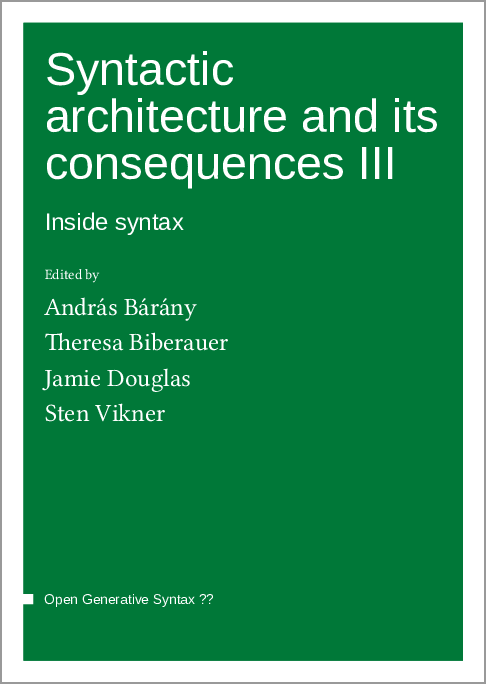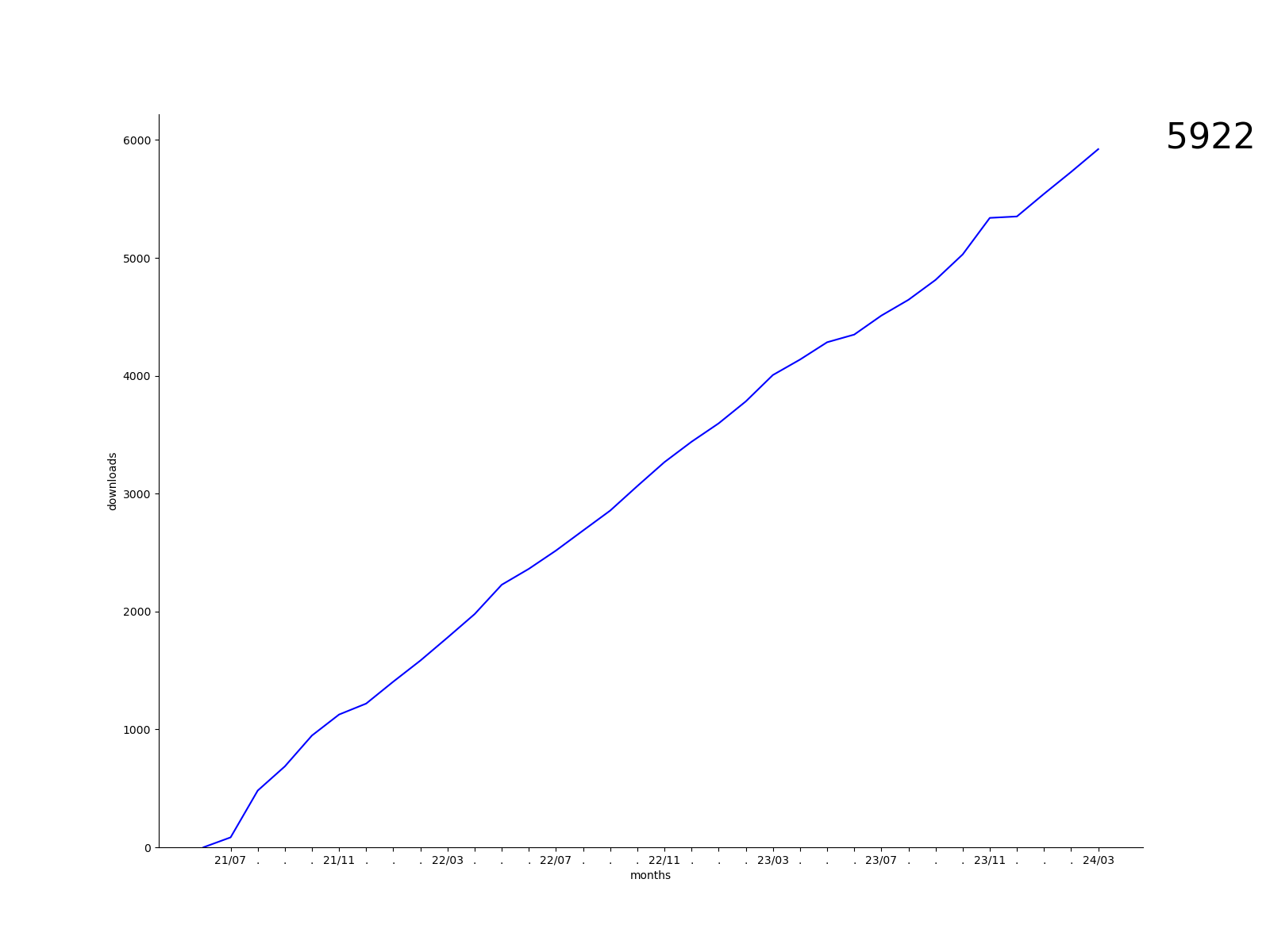We log anonymous usage statistics. Please read the privacy information for details.
Syntactic architecture and its consequences III: Inside syntax
Synopsis
This volume collects novel contributions to comparative generative linguistics that “rethink” existing approaches to an extensive range of phenomena, domains, and architectural questions in linguistic theory. At the heart of the contributions is the tension between descriptive and explanatory adequacy which has long animated generative linguistics and which continues to grow thanks to the increasing amount and diversity of data available to us.
The chapters develop novel insights into a number of core syntactic phenomena, such as the structure of and variation in diathesis, alignment types, case and agreement splits, and the syntax of null elements. Many of these contributions show the influence of research by Ian Roberts and collaborators and they provide varied perspectives on current research in synchronic and diachronic comparative syntax.
This book is complemented by volume I available at https://langsci-press.org/catalog/book/275 and volume II available at https://langsci-press.org/catalog/book/276.
Chapters
-
Voice morphology (mis)behaving itself
-
Rethinking alignment typology
-
Rethinking Structural CasePartitive Case in Sakha
-
Rethinking the nature of nominative case
-
Case and agreement in Brazilian PortugueseBetween Bantu and Romance
-
Case mismatches and match fixing cases
-
Case and agreement in possessive noun phrases in mainly English, Swedish, and Finnish
-
Rethinking (un)agreement
-
Inflected intensifiersThe structure-dependence of parasitic agreement
-
Rethinking “defective goal”Clitics and noun incorporation
-
Rethinking French Dative Clitics in light of Frozen Scope Effects
-
Rethinking the ECPSubject–object asymmetries as freezing effects
-
Rethinking Implicit AgentsSyntax cares but not always
-
Rethinking Implicit Control
-
Rethinking partial controlNew evidence from finite control clauses
-
Absolutive control and absolute universals
-
Parametric variationThe case of Brazilian Portuguese null subjects
-
Brazilian Portuguese null objects and Spanish differential object marking




